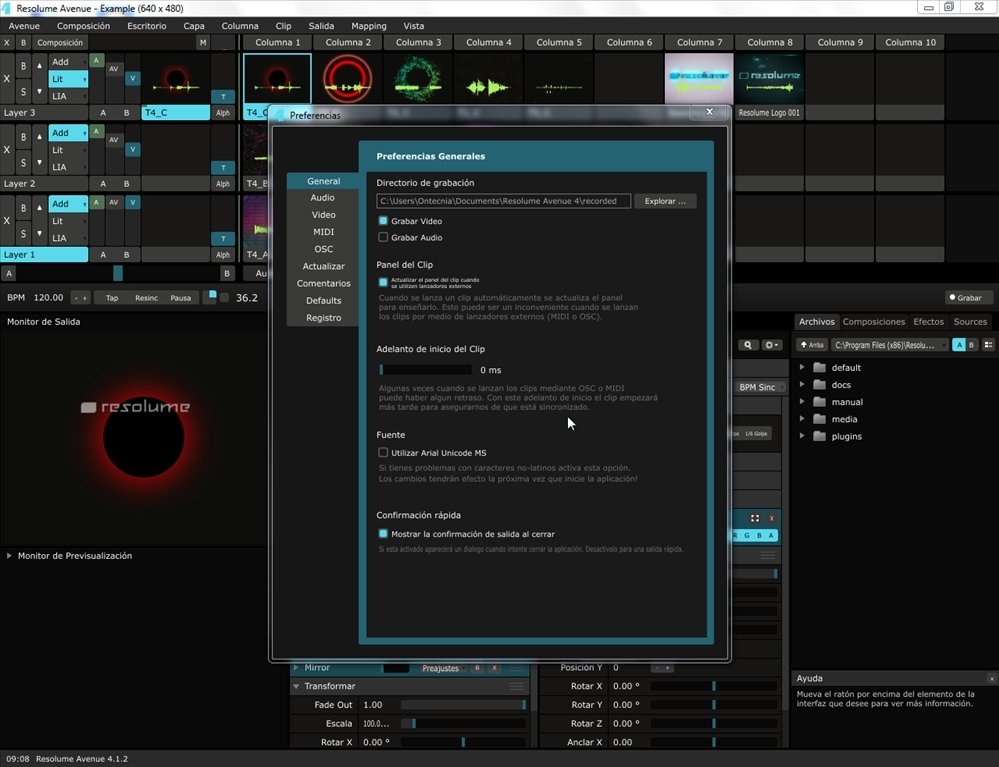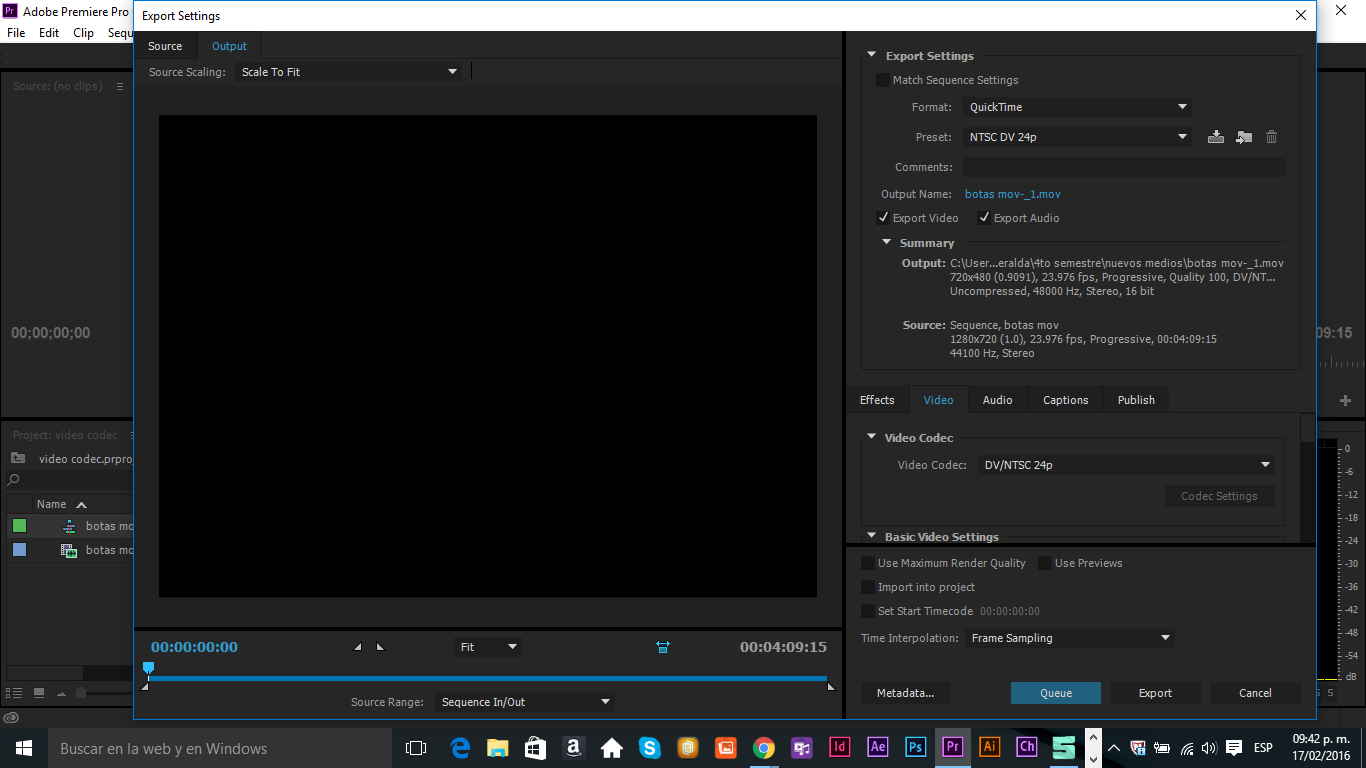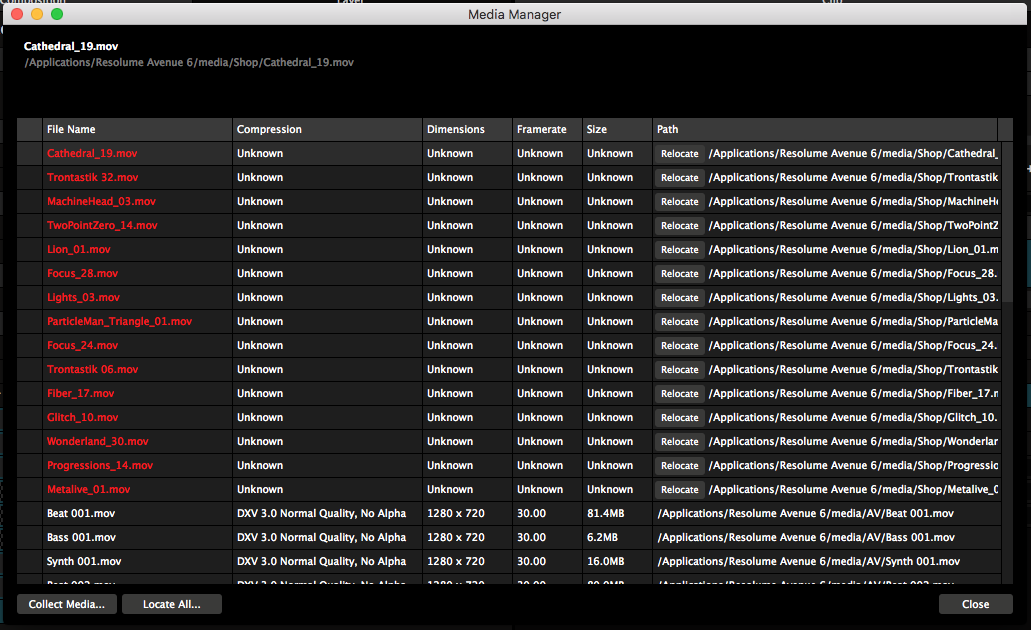

- RESOLUME ARENA 5 VIDEO FORMAT ADOBE PREMIERE ARCHIVE
- RESOLUME ARENA 5 VIDEO FORMAT ADOBE PREMIERE UPGRADE
- RESOLUME ARENA 5 VIDEO FORMAT ADOBE PREMIERE PRO
Check if your system is compatible with Premiere Pro. 
Improving Performance and Troubleshooting.Best Practices: Working with native formats.Best Practices: Learning from broadcast production.
Consolidate, transcode, and archive projects. Best Practices: Working with Productions. How clips work across projects in a Production. Exporting projects for other applications. Exporting for the Web and mobile devices. Using HSL Secondary controls in the Lumetri Color panel. Adjust color using RBG and Hue Saturation Curves. Get creative with color using Lumetri looks. Overview: Color workflows in Premiere Pro. Compositing, alpha channels, and adjusting clip opacity. Viewing and adjusting effects and keyframes. Use Motion effect to edit and animate clips. Adding, navigating, and setting keyframes. Upgrade Legacy titles to Source Graphics. Best Practices: Faster graphics workflows. Use data-driven Motion Graphics templates. Replace images or videos in Motion Graphics templates. Use Motion Graphics templates for titles. Add Responsive Design features to your graphics. Overview of the Essential Graphics panel. Automatically reframe video for different social media channels. Overview of video effects and transitions. Set up and use Head Mounted Display for immersive video in Premiere Pro. Measure audio using the Loudness Radar effect. Advanced Audio - Submixes, downmixing, and routing. Monitor clip volume and pan using Audio Clip Mixer. Editing, repairing and improving audio using Essential Sound panel. Synchronizing audio and video with Merge Clips. Edit from sequences loaded into the Source Monitor. Find, select, and group clips in a sequence. Importing XML project files from Final Cut Pro 7 and Final Cut Pro X. Importing AAF project files from Avid Media Composer. Setting up your system for HD, DV, or HDV capture. Use Premiere Pro in a dual-monitor setup. Best Practices: Create your own project templates. Open and edit Premiere Rush projects in Premiere Pro. Backward compatibility of Premiere Pro projects. GPU Accelerated Rendering & Hardware Encoding/Decoding. Hardware and operating system requirements. FAQ | New import and export in Premiere Pro (Beta). New import & export in Premiere Pro (Beta). Really just depends on your gear's limitations and the kind of project you're doing. My projector does 1024x768 but occasionally I render out my projects at 800圆00 just so they aren't as large when I use something like DXV. Make sure to render at a resolution that is no higher than your projector can handle and possibly even lower. I think it is easier to use shorter clips but I understand it depends on your program. Still, most computers ought to have enough room to store several 15gb clips if you need ones that are that long. Resolume isn't really good for large movies unless you have a lot of storage. I know you can load other formats (like if I export from Cinema 4D in uncompressed AVI it works) but again, that's because it's not compressed with keyframes every "x" frames. There's less work for the program to do and less issues with video manipulation. To do this, it wants you to use keyframe-every-frame codecs which means large videos. This screws with frame-sensitive applications like Resolume that need to be able to manipulate each and every frame with low latency. Sometimes the image is all glitchy and weird for a second or two before it hits a keyframe and straightens itself out. Think of when you are playing a video file in VLC or whatever and you click on the timeline at a certain point. 
This makes for smaller files since you're not recording the value of each pixel in each frame but it also means that you can't just jump to any frame and have the video load.

Then on the 10th frame it's another "full" snapshot of each pixel, etc. The same goes for the third, fourth, etc. Then the second frame is only the data for the pixels that change from one frame to the next. That means that the first frame of video is the info for each pixel on the screen. Let's say in your video you have it set to make a keyframe every 10 frames. Resolume wants to use that because codecs that are meant for size reduction do so by only recording the "difference" between keyframes. AVmixer Lite and AVmixer Pro (Win, Mac)įrom what I understand, DXV is a fairly uncompressed codec with keyframes every frame.This sub-reddit is dedicated to the art of VJing.Īnything related goes! Share links to live sets, tutorials, techniques, software, hardware, reviews, artists, events, music videos with noteworthy visuals, samples and loops, ask questions, etc.








 0 kommentar(er)
0 kommentar(er)
